Mohamed Ghanem
Learning Representations Through Contrastive Neural Model Checking
Oct 02, 2025Abstract:Model checking is a key technique for verifying safety-critical systems against formal specifications, where recent applications of deep learning have shown promise. However, while ubiquitous for vision and language domains, representation learning remains underexplored in formal verification. We introduce Contrastive Neural Model Checking (CNML), a novel method that leverages the model checking task as a guiding signal for learning aligned representations. CNML jointly embeds logical specifications and systems into a shared latent space through a self-supervised contrastive objective. On industry-inspired retrieval tasks, CNML considerably outperforms both algorithmic and neural baselines in cross-modal and intra-modal settings.We further show that the learned representations effectively transfer to downstream tasks and generalize to more complex formulas. These findings demonstrate that model checking can serve as an objective for learning representations for formal languages.
SuFIA-BC: Generating High Quality Demonstration Data for Visuomotor Policy Learning in Surgical Subtasks
Apr 21, 2025Abstract:Behavior cloning facilitates the learning of dexterous manipulation skills, yet the complexity of surgical environments, the difficulty and expense of obtaining patient data, and robot calibration errors present unique challenges for surgical robot learning. We provide an enhanced surgical digital twin with photorealistic human anatomical organs, integrated into a comprehensive simulator designed to generate high-quality synthetic data to solve fundamental tasks in surgical autonomy. We present SuFIA-BC: visual Behavior Cloning policies for Surgical First Interactive Autonomy Assistants. We investigate visual observation spaces including multi-view cameras and 3D visual representations extracted from a single endoscopic camera view. Through systematic evaluation, we find that the diverse set of photorealistic surgical tasks introduced in this work enables a comprehensive evaluation of prospective behavior cloning models for the unique challenges posed by surgical environments. We observe that current state-of-the-art behavior cloning techniques struggle to solve the contact-rich and complex tasks evaluated in this work, regardless of their underlying perception or control architectures. These findings highlight the importance of customizing perception pipelines and control architectures, as well as curating larger-scale synthetic datasets that meet the specific demands of surgical tasks. Project website: https://orbit-surgical.github.io/sufia-bc/
Adapt3R: Adaptive 3D Scene Representation for Domain Transfer in Imitation Learning
Mar 06, 2025Abstract:Imitation Learning (IL) has been very effective in training robots to perform complex and diverse manipulation tasks. However, its performance declines precipitously when the observations are out of the training distribution. 3D scene representations that incorporate observations from calibrated RGBD cameras have been proposed as a way to improve generalizability of IL policies, but our evaluations in cross-embodiment and novel camera pose settings found that they show only modest improvement. To address those challenges, we propose Adaptive 3D Scene Representation (Adapt3R), a general-purpose 3D observation encoder which uses a novel architecture to synthesize data from one or more RGBD cameras into a single vector that can then be used as conditioning for arbitrary IL algorithms. The key idea is to use a pretrained 2D backbone to extract semantic information about the scene, using 3D only as a medium for localizing this semantic information with respect to the end-effector. We show that when trained end-to-end with several SOTA multi-task IL algorithms, Adapt3R maintains these algorithms' multi-task learning capacity while enabling zero-shot transfer to novel embodiments and camera poses. Furthermore, we provide a detailed suite of ablation and sensitivity experiments to elucidate the design space for point cloud observation encoders.
NeuRes: Learning Proofs of Propositional Satisfiability
Feb 13, 2024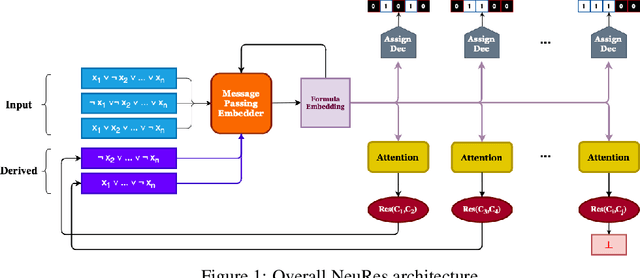


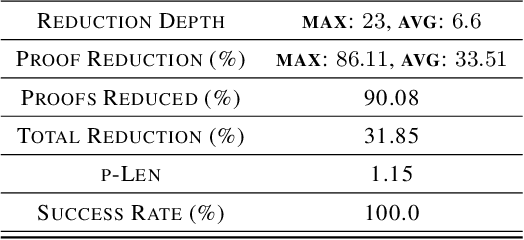
Abstract:We introduce NeuRes, a neuro-symbolic proof-based SAT solver. Unlike other neural SAT solving methods, NeuRes is capable of proving unsatisfiability as opposed to merely predicting it. By design, NeuRes operates in a certificate-driven fashion by employing propositional resolution to prove unsatisfiability and to accelerate the process of finding satisfying truth assignments in case of unsat and sat formulas, respectively. To realize this, we propose a novel architecture that adapts elements from Graph Neural Networks and Pointer Networks to autoregressively select pairs of nodes from a dynamic graph structure, which is essential to the generation of resolution proofs. Our model is trained and evaluated on a dataset of teacher proofs and truth assignments that we compiled with the same random formula distribution used by NeuroSAT. In our experiments, we show that NeuRes solves more test formulas than NeuroSAT by a rather wide margin on different distributions while being much more data-efficient. Furthermore, we show that NeuRes is capable of largely shortening teacher proofs by notable proportions. We use this feature to devise a bootstrapped training procedure that manages to reduce a dataset of proofs generated by an advanced solver by ~23% after training on it with no extra guidance.
Breaking the De-Pois Poisoning Defense
Apr 03, 2022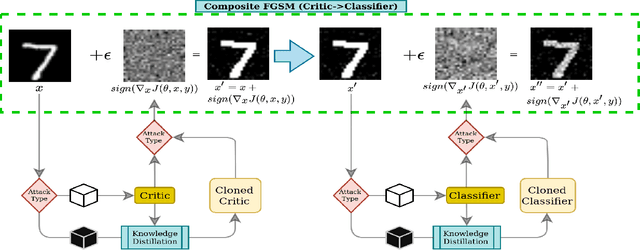
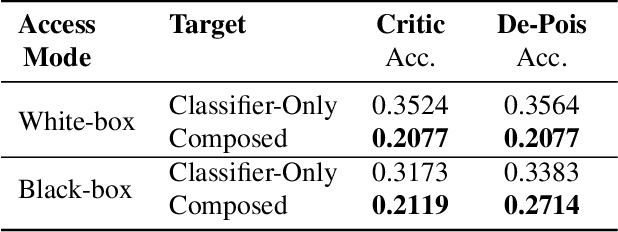
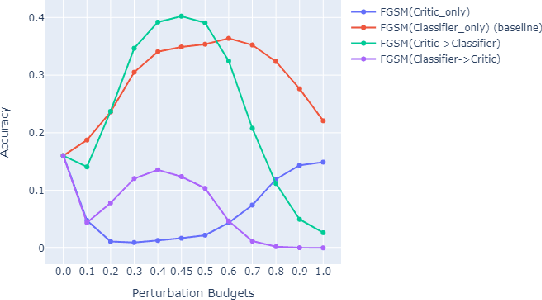
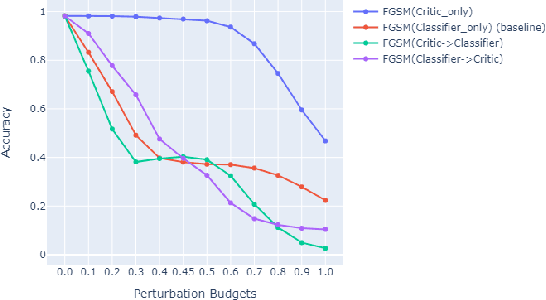
Abstract:Attacks on machine learning models have been, since their conception, a very persistent and evasive issue resembling an endless cat-and-mouse game. One major variant of such attacks is poisoning attacks which can indirectly manipulate an ML model. It has been observed over the years that the majority of proposed effective defense models are only effective when an attacker is not aware of them being employed. In this paper, we show that the attack-agnostic De-Pois defense is hardly an exception to that rule. In fact, we demonstrate its vulnerability to the simplest White-Box and Black-Box attacks by an attacker that knows the structure of the De-Pois defense model. In essence, the De-Pois defense relies on a critic model that can be used to detect poisoned data before passing it to the target model. In our work, we break this poison-protection layer by replicating the critic model and then performing a composed gradient-sign attack on both the critic and target models simultaneously -- allowing us to bypass the critic firewall to poison the target model.
FLoBC: A Decentralized Blockchain-Based Federated Learning Framework
Dec 22, 2021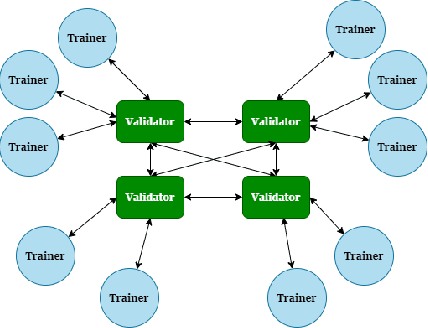
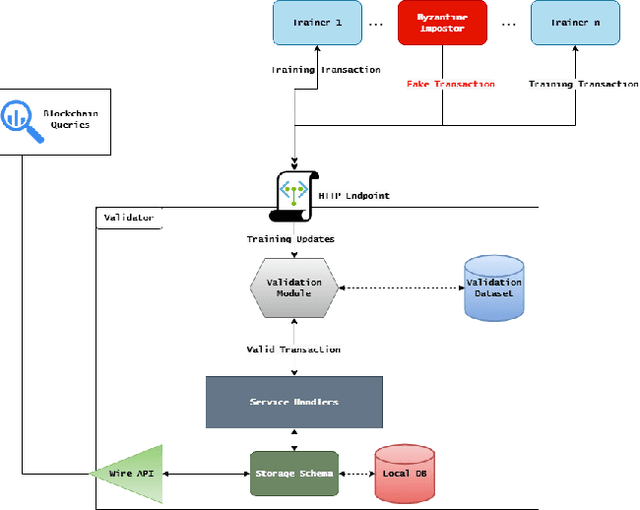
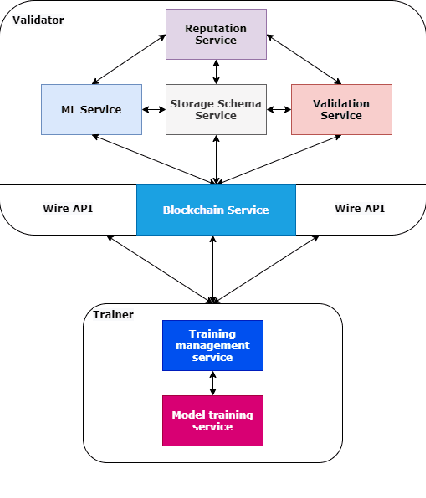
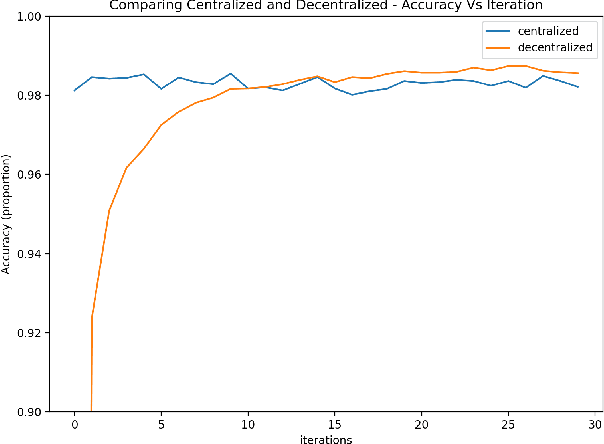
Abstract:The rapid expansion of data worldwide invites the need for more distributed solutions in order to apply machine learning on a much wider scale. The resultant distributed learning systems can have various degrees of centralization. In this work, we demonstrate our solution FLoBC for building a generic decentralized federated learning system using blockchain technology, accommodating any machine learning model that is compatible with gradient descent optimization. We present our system design comprising the two decentralized actors: trainer and validator, alongside our methodology for ensuring reliable and efficient operation of said system. Finally, we utilize FLoBC as an experimental sandbox to compare and contrast the effects of trainer-to-validator ratio, reward-penalty policy, and model synchronization schemes on the overall system performance, ultimately showing by example that a decentralized federated learning system is indeed a feasible alternative to more centralized architectures.
On Theoretical Complexity and Boolean Satisfiability
Dec 22, 2021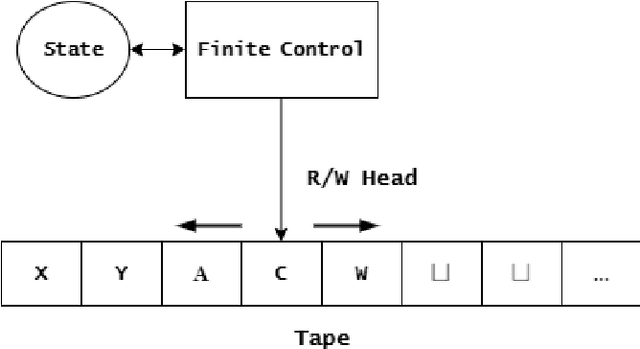
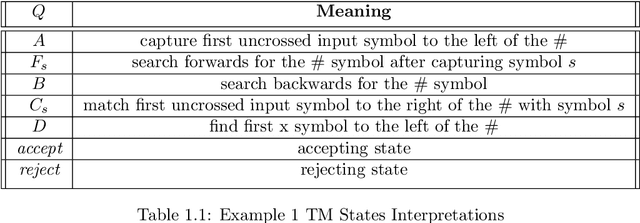
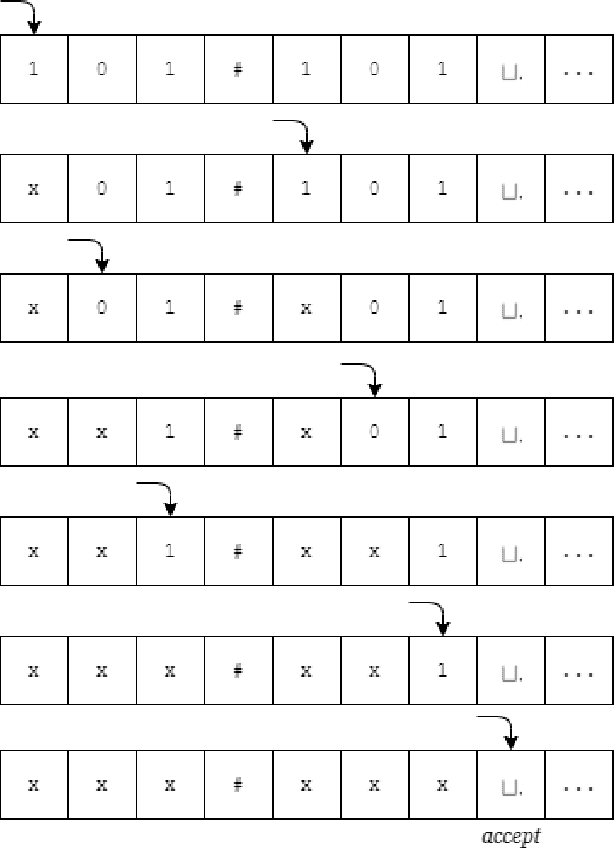
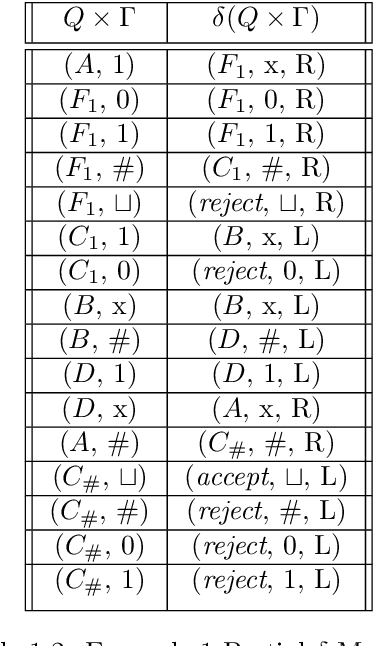
Abstract:Theoretical complexity is a vital subfield of computer science that enables us to mathematically investigate computation and answer many interesting queries about the nature of computational problems. It provides theoretical tools to assess time and space requirements of computations along with assessing the difficultly of problems - classifying them accordingly. It also garners at its core one of the most important problems in mathematics, namely, the $\textbf{P vs. NP}$ millennium problem. In essence, this problem asks whether solution and verification reside on two different levels of difficulty. In this thesis, we introduce some of the most central concepts in the Theory of Computing, giving an overview of how computation can be abstracted using Turing machines. Further, we introduce the two most famous problem complexity classes $\textbf{P}$ and $\textbf{NP}$ along with the relationship between them. In addition, we explicate the concept of problem reduction and how it is an essential tool for making hardness comparisons between different problems. Later, we present the problem of Boolean Satisfiability (SAT) which lies at the center of NP-complete problems. We then explore some of its tractable as well as intractable variants such as Horn-SAT and 3-SAT, respectively. Last but not least, we establish polynomial-time reductions from 3-SAT to some of the famous NP-complete graph problems, namely, Clique Finding, Hamiltonian Cycle Finding, and 3-Coloring.
 Add to Chrome
Add to Chrome Add to Firefox
Add to Firefox Add to Edge
Add to Edge